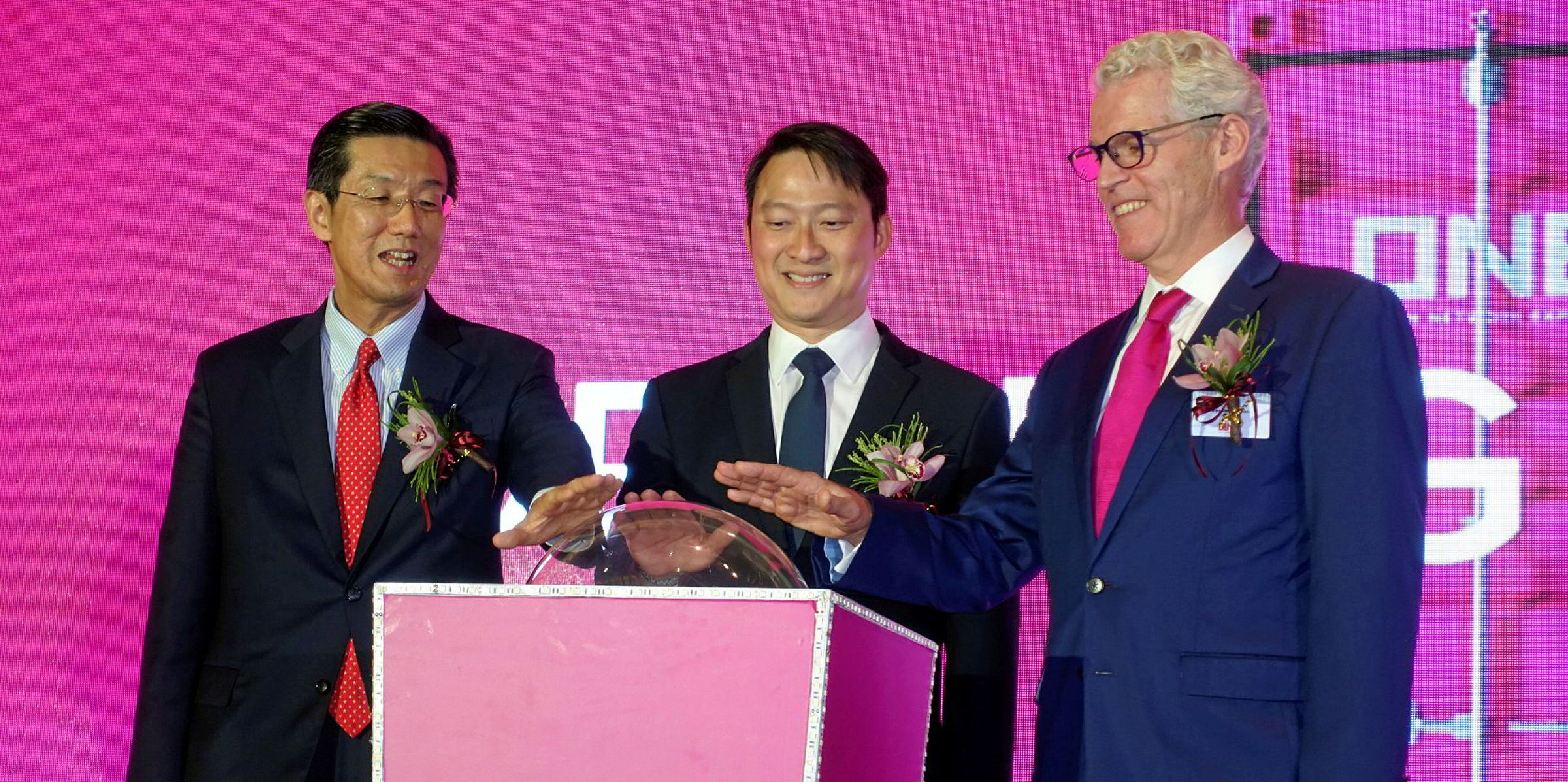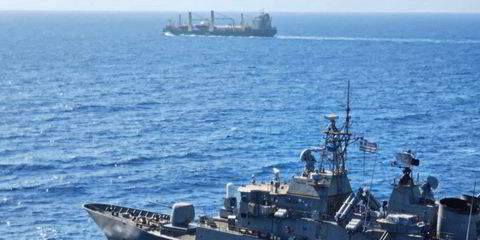Japanese liner operator Ocean Network Express (ONE) saw big profits during the first quarter of its fiscal year, despite the global Covid-19 pandemic.
Net profit was $167m, up from $5m a year ago, which equates to a year-on-year increase of over 3,170%.
ONE said the profit was realised due to a combination of factors, comprising a "relatively stable short-term market, cost reduction by flexible fleet size adjustment and extra void sailings, and preceding effect of sharp bunker price drop before being followed by decrease in bunker surcharge".
The result was achieved even though revenue fell 4.8% year on year to $2.7bn.
On the downside, the carrier said cargo liftings largely decreased due to impacts from the Covid-19 pandemic.
"Decrease of cargo caused by global demand shrink was approximately 20% or slightly less in first quarter over the same period last year, but demand is gradually coming back towards second quarter and currently it is at the level of approximately 10% less compared to last year," ONE said.
"However, seeing the still spreading infection worldwide, future cargo demand is still uncertain, and we will closely monitor the situation."
ONE said it would not commit to any full-year forecasts for 2020 because the pandemic and the uncertainty that goes with it are still ongoing.
Lower costs, better utilisation
The global virus crisis also caused operating costs to be lower because ONE adjusted its fleet size in response to lower demand and added extra void sailings.
These void sailings helped ONE maintain comparatively high utilisation rates on its major routes.
Its westbound routes from Asia to North America saw average utilisation of 51% during the quarter, compared with 44% in 2019 overall.
Similarly, average utilisation on ONE's eastbound route from Asia to Europe averaged 75%, compared with 67% last year.
Freight rates saw some improvement due to a steady short-term market, including the effects from the container surcharges ONE was forced to introduce in February as the pandemic took hold.
At that time, the carrier added $1,000 to the cost of shipping boxes into China "due to the slow inbound container pick-up activity", and a serious shortage of available reefer plugs and some Chinese ports.
Elsewhere, ONE's spending on bunkers decreased during the period due to lower prices, and overheads fell on lower agency and IT system costs.







